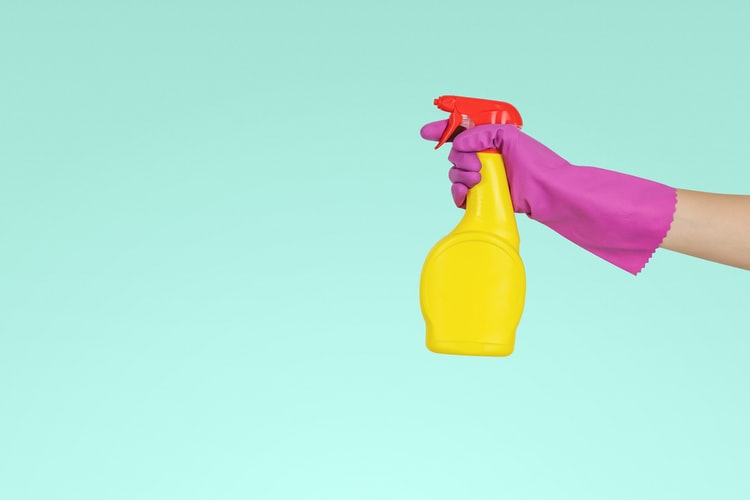Understanding how to clean a fish tank effectively is one of the most important aspects of aquarium maintenance. Although exact steps vary depending on the size and style of tank owned, some basic approaches can be adopted to clean just about any individual aquarium. Some people make the mistake of relying too much on filters, expecting them to keep on top of pollutants. While filters can help keep a fish tank clear and negate the need for regular cleaning, there will indeed be times when you need to roll up your sleeves and turn your attentions to some hands-on cleaning.
Key Things to Consider
If a major clean-up operation is called for, you’ll probably have to temporarily rehouse your fish in a holding tank while you carry out maintenance. However, it is recommended that you keep your fish in their main environment as much as possible. This is true, even when it comes to carrying out cleaning of a tank.
Although this may seem impractical, it is fairly easy to do, provided you leave sufficient water at the bottom of your tank as you carry out cleaning steps. Generally speaking, you should avoid completely swapping out the water in a tank, unless you are establishing a new aquarium set-up. If you’re simply looking to carry out cleaning and maintenance of an ongoing set-up, you’’ll need to ensure enough good bacteria is preserved.
You also don’t need to worry too much about removing aquarium decorations and ornamental objects. Many aquarium owners tend to remove these items entirely each time they carry out a clean. This is a bad idea as it tends to stir up the substrate layer and pollute water that will be remaining in the tank. You should only really think about cleaning these decorative items when they begin to appear particularly dirty.
Main Cleaning Steps
The first task you should focus on is cleaning the sides of the fish tank. Make sure you have disconnected any filters and heater units from their power sources before handling this step. If the sides of your tank are particularly dirty, you may find it best to invest in an algae scraper. You will however need to ensure you have a scraper that is suitable for use with the material your tank is made from. A tank with acrylic sides will quickly become scratched if you use a scraper designed for use with glass tanks.
You can next turn your attentions to cleaning the substrate. A siphon tool is a good item to have to hand at this point. Not only can a siphon be used to get rid of any loose debris from the surface of your substrate, it can also be used to remove small measures of water if the remaining liquid in your tank is particularly dirty.
Once these steps have been taken care of, you can think about refilling your tank with fresh water. You should never add water straight from the tap. Instead, pour a sufficient volume of water into a receptacle and ensure it is properly conditioned to remove excess levels of chlorine. Once this water has been treated, it is ready to be added to your tank.
Occasional Cleaning Tasks
From time to time, you will need to carry out cleaning of decorative objects and plants. If the ornamental rocks, decorative objects and aquatic plants in your tank look particularly dirty, it might be time to carry out a focused clean. When cleaning these objects, avoid using any chemical agents like spray cleaners to tackle grime. Instead, remove them from your tank and place them under running water. If such items are particularly dirty, you may want to leave them to soak in water for several hours before returning them to your tank.

